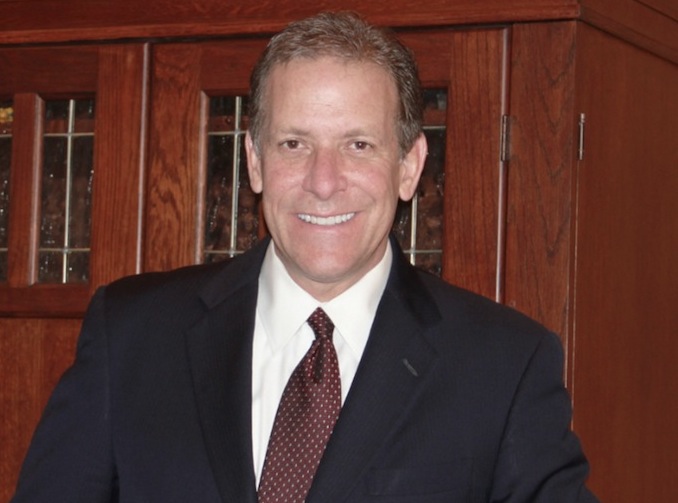Atkins announces that Joe Boyer will join the company as CEO of its North American region on March 18, 2013.
Boyer will join Atkins from Shaw Environmental & Infrastructure, Inc. in Austin, Texas, where he has held the position of president of its Federal division. He has managed multiple business lines since 2003, leading some of the United States’ largest and most important environmental and infrastructure projects.
Prof. Dr. Uwe Krueger, Atkins’ CEO, commented, “Mr. Boyer is a civil engineer by profession who has worked on some of the United States’ largest and most important infrastructure projects. He has a proven track record of leading organizations to growth and delivering high performance, which is why we have invited him to lead our North American region.”
Boyer studied civil engineering at the University of Texas and holds an MBA from Pepperdine University. Prior to his service at Shaw, he was chief operating officer of Asset Group, Inc. and vice president of Project Resources, Inc., both in San Diego, California.
He is married to wife Heather, and has two children, Kyle (12) and Jamison (10). They have enjoyed living in many states in U.S., with previous assignments in California, Connecticut, Massachusetts, Alabama, Mississippi, Louisiana, and Texas.
Atkins thanks Major General L. Dean Fox, USAF (Ret.), retiring North American CEO, for his dedication and service to the company over the past few years and wishes him happiness and success in the future.
Related Stories
| Oct 15, 2014
Drones may soon assist code inspectors for construction in the UAE
The United Arab Emirates’ Ministry of Labour announced that they will start using drones to help inspectors record when construction sites are breaking laws.
| Oct 15, 2014
Harvard launches ‘design-centric’ center for green buildings and cities
The impetus behind Harvard's Center for Green Buildings and Cities is what the design school’s dean, Mohsen Mostafavi, describes as a “rapidly urbanizing global economy,” in which cities are building new structures “on a massive scale.”
| Oct 15, 2014
Final touches make 432 Park Avenue tower second tallest in New York City
Concrete has been poured for the final floors of the residential high-rise at 432 Park Avenue in New York City, making it the city’s second-tallest building and the tallest residential tower in the Western Hemisphere.
| Oct 14, 2014
Slash energy consumption in data centers with liquid-based ‘immersive-cooling’ technology
A new technology promises to push the limits of data center energy efficiency by using liquid instead of air to cool the servers.
Sponsored | | Oct 14, 2014
3 color trends drive new commercial exterior color collections
Collectively as a society, we help create color trends, which shape our businesses, recreational facilities, healthcare centers, and civic buildings. These iconic colors are now appearing in Valspar's new color collections. SPONSORED CONTENT
| Oct 14, 2014
Get inspired with the top 10 TED talks about cities
The TED talks, none of which are longer than 20 minutes, feature speakers such as architect Moshe Safdie, Rio de Janeiro Major Eduardo Paes, and animal behaviorist Amanda Burden.
| Oct 14, 2014
Proven 6-step approach to treating historic windows
This course provides step-by-step prescriptive advice to architects, engineers, and contractors on when it makes sense to repair or rehabilitate existing windows, and when they should advise their building owner clients to consider replacement.
| Oct 14, 2014
Richard Meier unveils design for his first tower in Taiwan
Taiwan will soon have its first Richard Meier building, a 535-foot apartment tower in Taichung City, the country’s third-largest city.
| Oct 13, 2014
The mindful workplace: How employees can manage stress at the office
I have spent the last several months writing about healthy workplaces. My research lately has focused on stress—how we get stressed and ways to manage it through meditation and other mindful practices, writes HOK's Leigh Stringer.
| Oct 13, 2014
Debunking the 5 myths of health data and sustainable design
The path to more extensive use of health data in green building is blocked by certain myths that have to be debunked before such data can be successfully incorporated into the project delivery process.
















